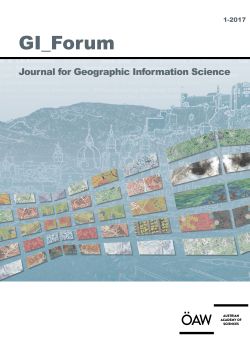
GI_Forum 2017, Volume 5, Issue 1, pp. 93-105, 2017/06/30
Journal for Geographic Information Science

The paper presents population disaggregation based on satellite imagery and ancillary data. The ancillary data is added stepwise in order to highlight the differences between the respective results. The methodology is applied to Landsat 8 data, and results are compared with the ones achieved by use of Sentinel-2A imagery. Part of the city of Mendoza, Argentina, was chosen as the study area. The introduction of input parameters such as land use and building heights was considered and their practical use is discussed. The paper reveals a constant improvement of the results for both Sentinel-2A and Landsat 8 data, and the advantages of Sentinel-2A, with its higher geometric resolution, over Landsat 8. These advantages include its higher spatial resolution and the resulting higher accuracy for the estimation of population. The practical usability of the proposed methodology for planning authorities and its supportive function for statistical institutes for future censuses are demonstrated.
Keywords: Urban Remote Sensing, population estimation, Sentinel-2A, open data, Landsat 8